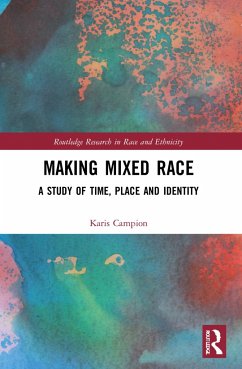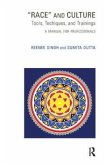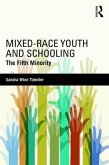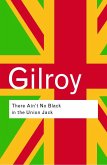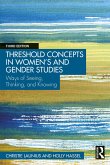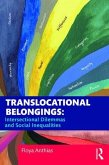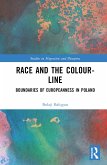By examining Black mixed-race identities in the city through a series of historical vantage points, Making Mixed Race provides in-depth insights into the geographical and historical contexts that shape the possibilities and constraints for identifications.
Whilst popular representations of mixed-race often conceptualise it as a contemporary phenomenon and are couched in discourses of futurity, this book dislodges it from the current moment to explore its emergence as a racialised category, and personal identity, over time. In addition to tracing the temporality of mixed-race, the contributions show the utility of place as an analytical tool for mixed-race studies. The conceptual framework for the book - place, time, and personal identity - offers a timely intervention to the scholarship that encourages us to look outside of individual subjectivities and critically examine the structural contexts that shape Black mixed-race lives.
The book centres around the lifehistories of 37 people of Mixed White and Black Caribbean heritage born between 1959 and 1994, in Britain's second-largest city, Birmingham. The intimate life portraits of mixed identity reveal how colourism, family, school, gender, whiteness, racism, and resistance, have been experienced against the backdrop of post-war immigration, Thatcherism, the ascendency of Black diasporic youth cultures, and contemporary post-race discourses. It will be of interest to researchers, postgraduate and undergraduate students who work on (mixed) race and ethnicity studies in academic areas including geographies of race, youth identities/cultures, gender, colonial legacies, intersectionality, racism, and colourism.
Whilst popular representations of mixed-race often conceptualise it as a contemporary phenomenon and are couched in discourses of futurity, this book dislodges it from the current moment to explore its emergence as a racialised category, and personal identity, over time. In addition to tracing the temporality of mixed-race, the contributions show the utility of place as an analytical tool for mixed-race studies. The conceptual framework for the book - place, time, and personal identity - offers a timely intervention to the scholarship that encourages us to look outside of individual subjectivities and critically examine the structural contexts that shape Black mixed-race lives.
The book centres around the lifehistories of 37 people of Mixed White and Black Caribbean heritage born between 1959 and 1994, in Britain's second-largest city, Birmingham. The intimate life portraits of mixed identity reveal how colourism, family, school, gender, whiteness, racism, and resistance, have been experienced against the backdrop of post-war immigration, Thatcherism, the ascendency of Black diasporic youth cultures, and contemporary post-race discourses. It will be of interest to researchers, postgraduate and undergraduate students who work on (mixed) race and ethnicity studies in academic areas including geographies of race, youth identities/cultures, gender, colonial legacies, intersectionality, racism, and colourism.

